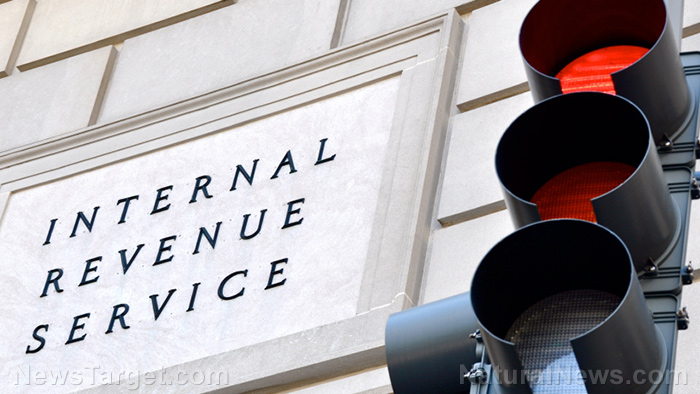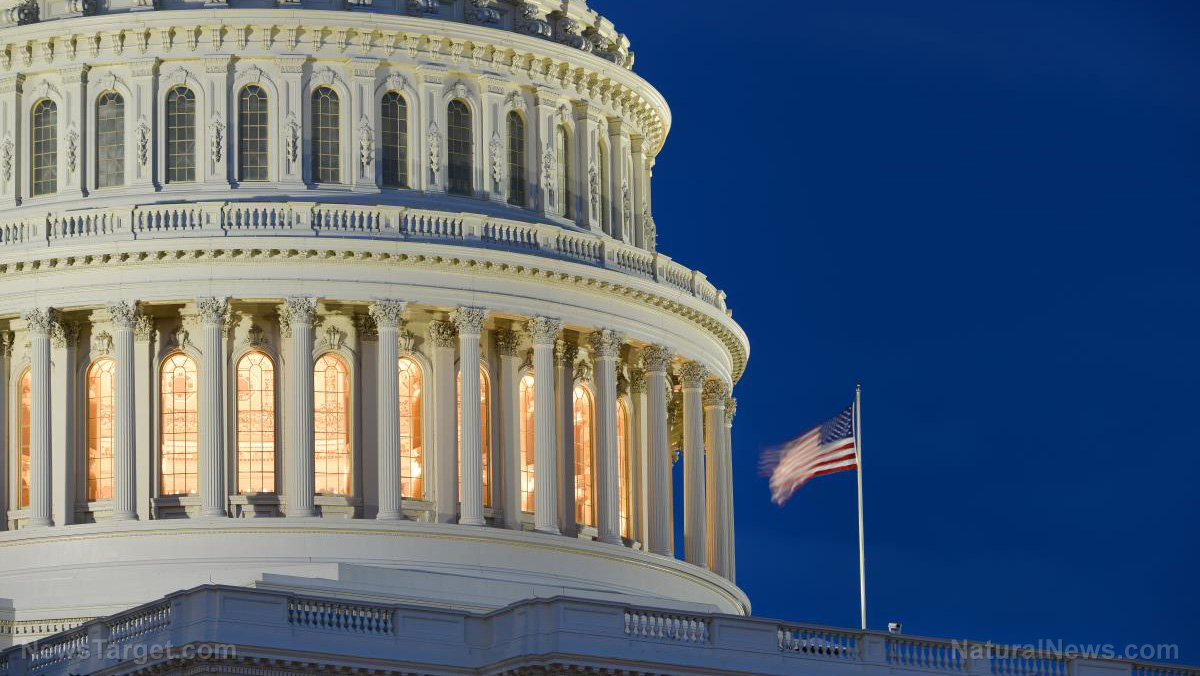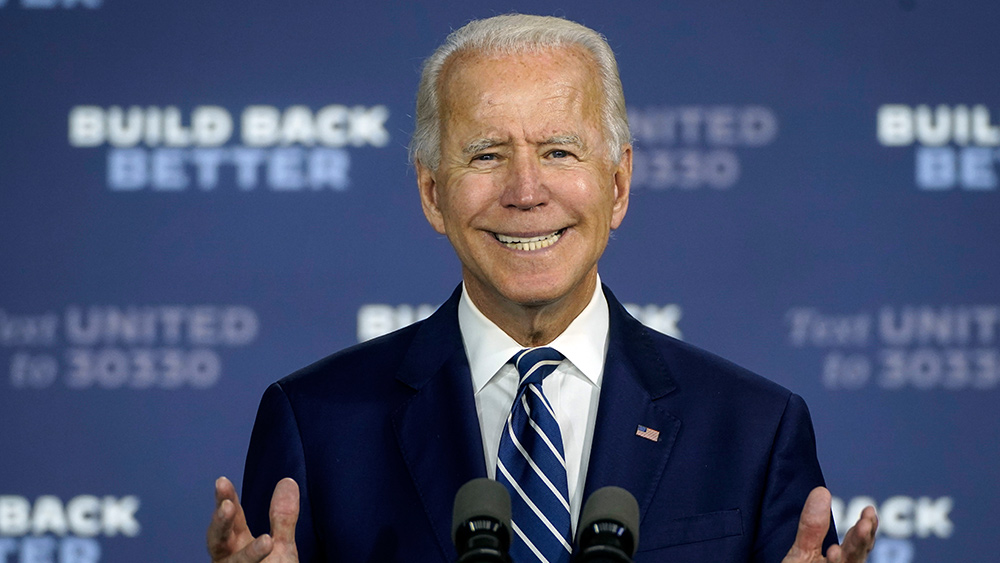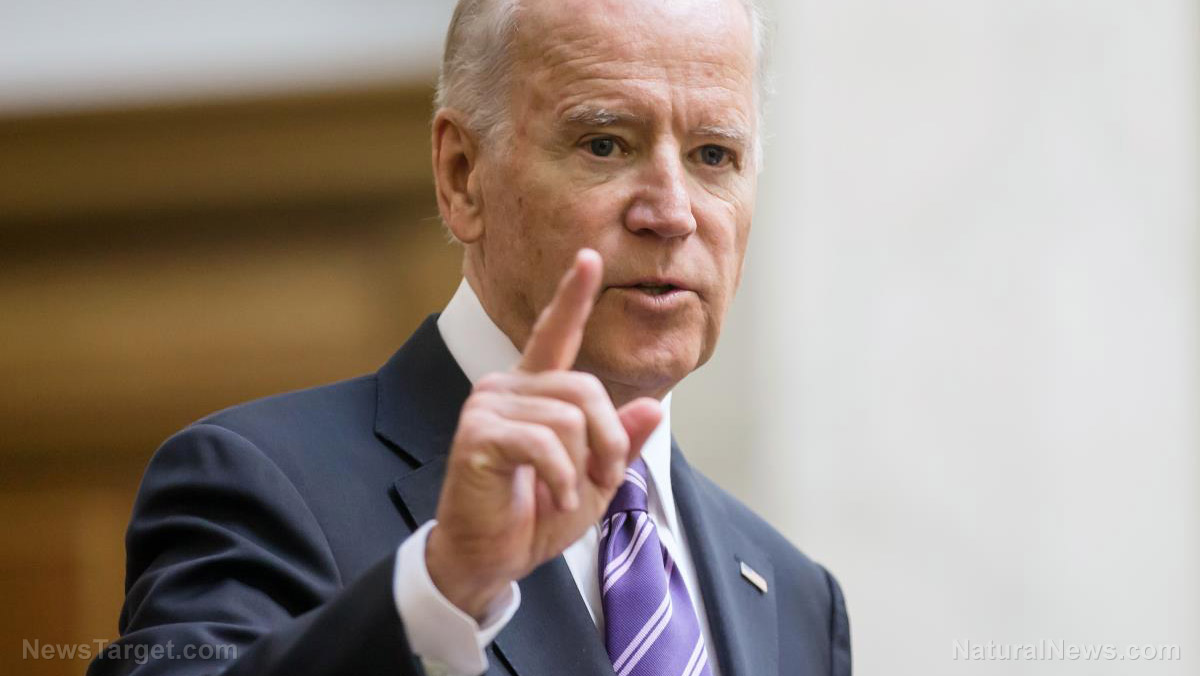DOLLAR DEMISE: Shift from dollar-based financial world to CBDC-focused system is IMMINENT
04/15/2024 / By Belle Carter

The Bretton Woods Agreement of 1944, which involved representatives from 44 nations, established a system through which a fixed currency exchange rate could be created using gold as the universal standard. It made the dollar a superpower. Its two major accomplishments were the creation of the International Monetary Fund (IMF) and the International Bank for Reconstruction and Development (IBRD), commonly known as the World Bank.
However, capital immobility hindered trade among countries. Since encouraging free trade was one of the initial goals of the system, it was undermined by capital immobility, leading to the collapse of the Bretton Woods system.
The Burning Platform‘s economic and political writer Brandon Smith recently warned: “Think of world reserve status as a ‘deal with the devil.’ You get the fame, fortune, trophy dates and a sweet car for a while. Then one day the devil comes to collect and when he does, he’s going to take everything, including your soul. Unfortunately, I suspect collection time is coming soon for the United States.”
According to him, the Department of the Treasury understands that there is constant demand for dollars overseas as a means to more easily import and export goods. The petrodollar monopoly made the U.S. dollar essential for trading oil globally for decades. Of course, the central bank of the U.S. has been able to create fiat currency from thin air to a far higher degree than any other central bank on the planet while avoiding the immediate effects of hyperinflation, he added.
As a result, the cash ended up in the coffers of foreign central banks, international banks and investment firms. Sometimes it is held as a hedge or bought and sold to adjust the exchange rates of local currencies. As much as 60 percent of all U.S. currency and 25 percent of the national debt is owned outside America.
The current problem is that the Fed is overprinting dollars that it stows currency, but it has time constraints. Eventually the effects of overprinting “come home to roost.” And it may take a brand-new Bretton Woods-like system that removes the dollar as the global reserve currency and replaces it with a new digital basket system like the IMF’s Special Drawing Rights (SDR) currency.
Lately, international banks are already expressing a shift from a dollar-based financial world to using a central bank digital currency (CBDC)-focused system built on unified ledgers. This will place the IMF as the middleman controlling the flow of digital transactions. (Related: IMF “working hard” on new global CBDC platform to replace dollar and other national currencies.)
“We could end up in a world where we have connected entities to some degree, but some entities and some countries that are excluded. And as a global and multilateral institution, we’re sort of aiming to provide a basic connectivity, a basic set of rules and governance that is truly multilateral and inclusive,” the IMF noted in a discussion on centralized ledgers in 2023.
Former White House economist says BRICS could swing an “economic wrecking ball” at dollar dominance
Thanks to BRICS, a bloc comprising Brazil, Russia, India, China, South Africa and, as of 2024, new members Egypt, Ethiopia, Iran and the United Arab Emirates, an economic wrecking ball could be swung to break dollar hegemony, especially since the bloc has been gaining more influence and growing its size.
This was according to former White House economist Joe Sullivan. In a recent op-ed for Foreign Policy, he pointed to mounting fears that BRICS nations could create a currency to rival the U.S. dollar in international trade. Though BRICS officials have said there is no such rival currency in the works, the group could pose a threat to the greenback based on its growing influence, Sullivan warned.
Now that Egypt, Ethiopia and Saudi Arabia already joined BRICS, they could influence over 12 percent of all global trade. That’s because those three countries surround the Suez Canal, a key passage for goods to flow into international markets.
The economist further said that BRICS has major sway in commodities markets. Saudi Arabia, Iran, and the United Arab Emirates are among the world’s top exporters of fossil fuels. Brazil, China, and Russia, meanwhile, are major exporters of precious metals.
Saudi Arabia’s joining could give BRICS a major advantage. The Middle Eastern nation owns over $100 billion in U.S. Treasury bonds, which has helped bring BRICS’ total holdings in the Treasury over $1 trillion, Sullivan further stated.
“The BRICS+ nations do not need to wait until a shared trade currency meets the technical conditions typical of global reserve currency before they swing their newly enlarged economic wrecking ball at the dollar,” he added.
DollarDemise.com has more stories on the death of the dollar.
Watch the video below where Andy Schectman talks about economic Armageddon, forced CBDC and BRICS.
This video is from Sarah Westall’s channel on Brighteon.com.
More related stories:
IMF says SEIZURE of frozen Russian assets must have sufficient legal support.
IMF hints that countries will soon be able to repay debt using Chinese YUAN currency.
Move over USD: Argentina uses Chinese yuan to settle IMF debt.
Sources include:
Submit a correction >>
Tagged Under:
big government, Bretton-Woods Agreement of 1944, BRICS, CBDC, Collapse, conspiracy, currency crash, dedollarization, digital transactions, dollar demise, dollar hegemony, economic riot, financial revolution, global reserve currency, IMF, legacy currencies, petrodollar, Special Drawing Rights
This article may contain statements that reflect the opinion of the author
RECENT NEWS & ARTICLES
COPYRIGHT © 2017 NATIONAL DEBT NEWS



















